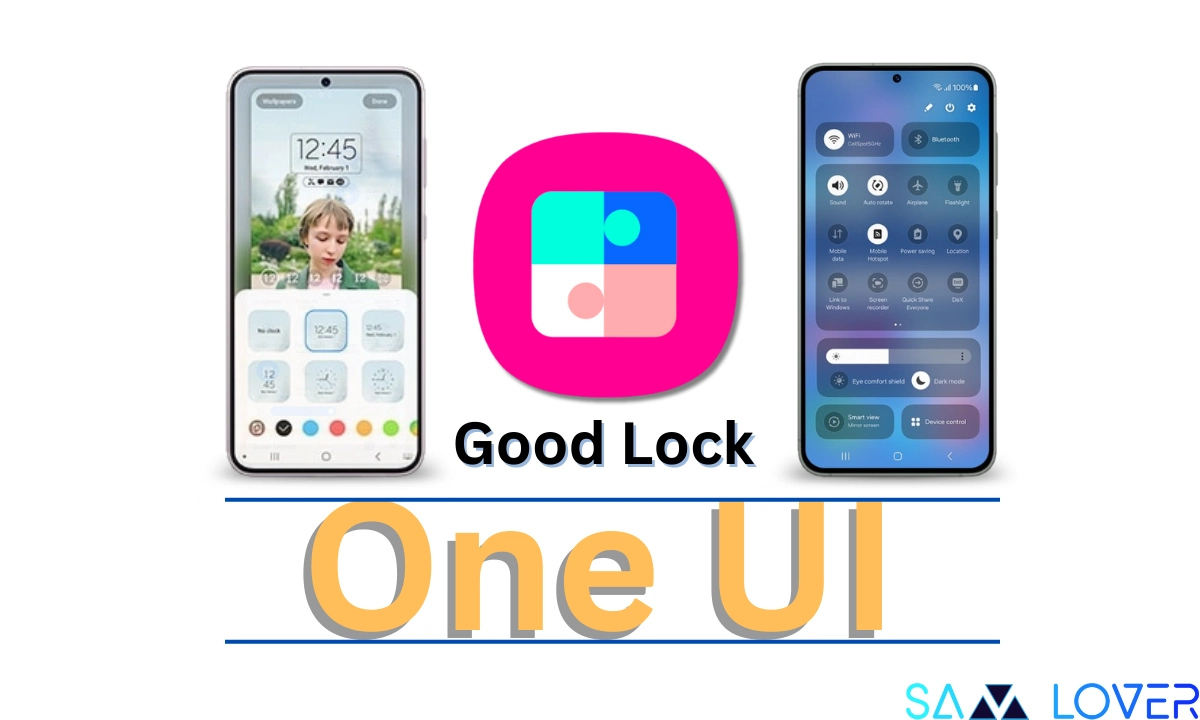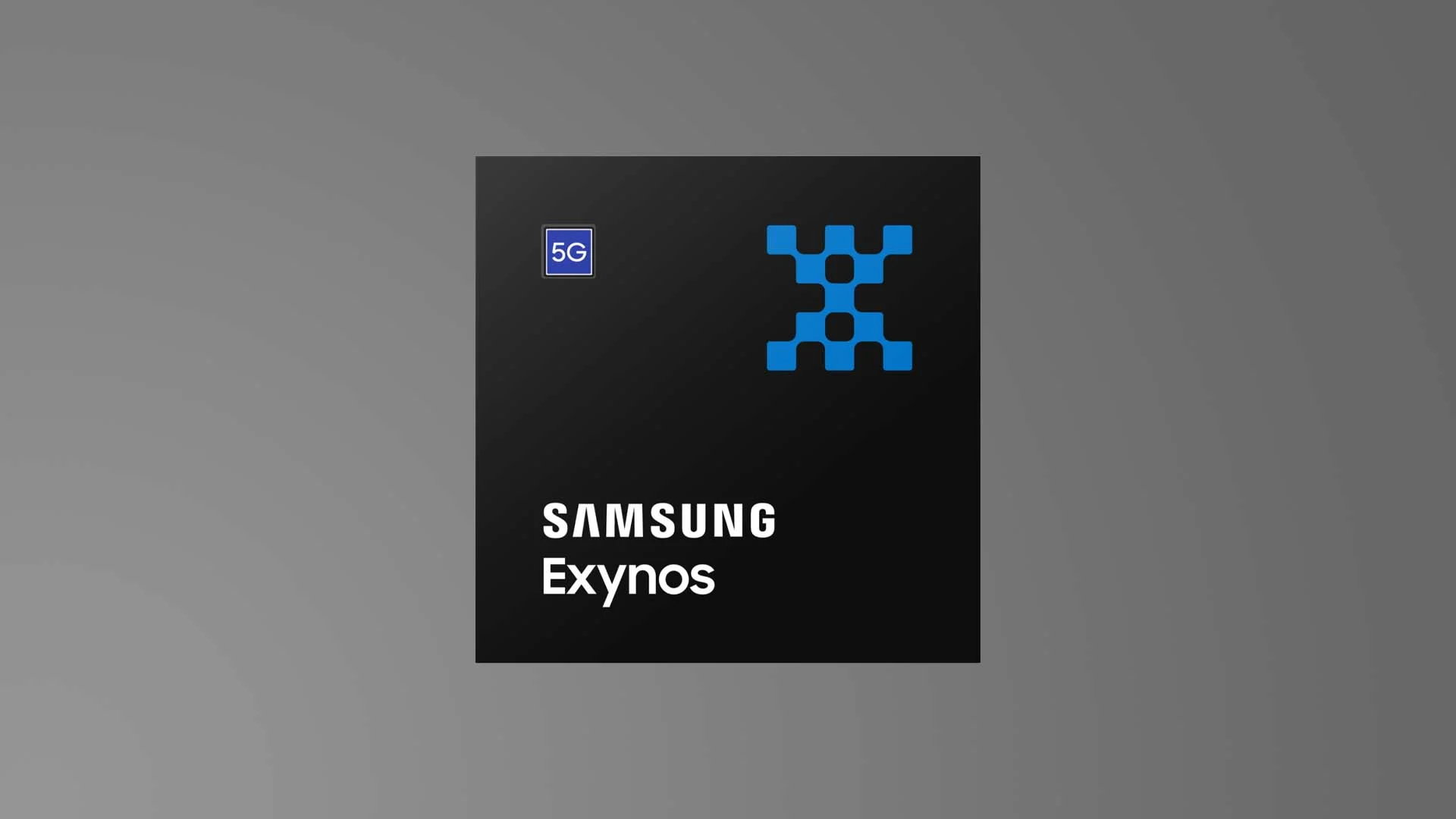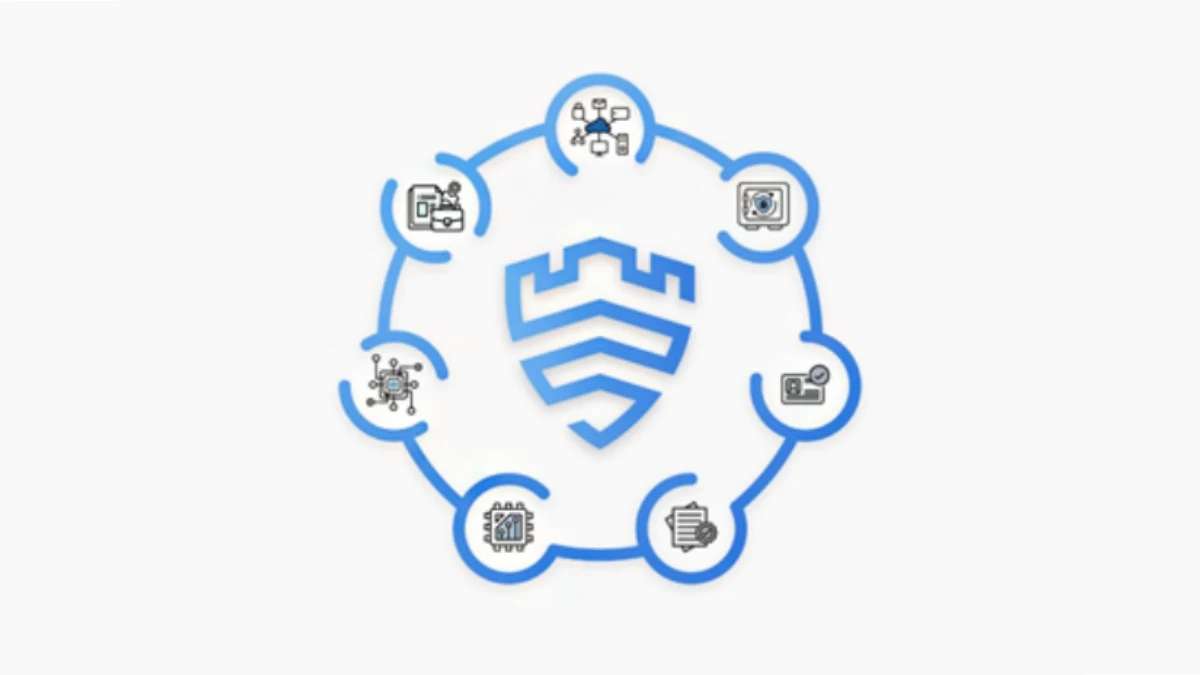Samsung
Good Lock and One UI: Bridging the Gap in Samsung’s Software

Everyone is aware that Samsung attempted to design its own operating system. Then there was “Bada,” followed by “Tizen.” However, all of these attempts might be regarded as failures in the end, which makes you wonder what the cause is. Google has maintained an open and flexible policy since the early days of the smartphone market’s inception, which were between 2008 and 2010, with no control over the operating system. This technique quickly drew device makers and app developers to the Android ecosystem. As a result, Google rapidly increased its market share, reaching 72% in the mobile OS market in just three years, in 2011.
Device makers were prohibited by the AFA from forking OSs themselves. Before getting into this, we need to know about Fork OS, which is an operating system (OS) that is adapted from the open-source Android source code (AOSP). The devices that are powered by the Fork OS are referred to as fork devices. An OS that fulfills Google’s compatibility criteria, as everyone knows, is Android, and devices are known as Android devices. Furthermore, Google outlawed the availability of SDKs for fork app creation, thereby blocking the establishment of a fork app ecosystem.
SDKs are toolkits required for app developers to construct apps that operate on certain operating systems and platforms. Google aggressively employed AFA to prevent device manufacturers from launching devices with a fork OS. As a result, mobile OS companies such as Amazon and Alibaba, which were unable to attract partners, eventually collapsed. Device makers were unable to release creative gadgets with new services. In 2013, Samsung Electronics attempted to offer a wristwatch with a forked OS.
Good Lock: Should It Be Integrated into One UI?
However, due to Google’s Anti-fragmentation Agreement (AFA), they were unable to incorporate the Play Store and Google applications on their modified device. This resulted in forced Tizen adoption by Samsung; however, it was unable to upset the established market, forcing them to migrate to the Android Wear OS. Good Lock cannot be incorporated into One UI for identical reasons. Google has been suspicious that Samsung may be adding additional functionality to One UI, perhaps making it into a forked OS, and has been hesitant to approve this. For a long time, Google actively opposed such initiatives. If the features of Good Lock are well received, Google has secretively borrowed them and added them to Android releases.
Because of Google, Samsung was unable to invest extensively in Good Lock in terms of both resources and manpower. For instance, One Hand Operation is a single developer’s software. This is just a disgusting action from Google. To conclude, Google is to blame for the inconvenience of having to download Good Lock only through the Galaxy Store, the separation of Good Lock from One UI, and the lack of availability of Good Lock in some locations.
Thanks to “Revegnus“
Samsung
Circle to Search Feature Could Be Arriving To Galaxy Book Laptops

Samsung debuted the ‘Circle to Search by Google’ feature on the Galaxy S24 series as part of the Galaxy AI package. It has been a couple of months since the debut of the ‘Circle to Search’ feature, which is still a hot topic in the tech industry. Now this feature is expected to arrive on Galaxy Book and Galaxy Chromebook laptops and PCs.
Samsung exclusively launched the Circle to Search feature on the Galaxy S24 series, then expanded it to more Galaxy devices, including the Galaxy S23, Galaxy S22, and other phones, along with the One UI 6.1 update. Now Google is setting up to bring it to the Chrome web browser on desktop operating systems; somewhere, this points out the probability that it could come to the Galaxy Book, Galaxy Chromebook laptops, and PCs.
At the moment, Google Chrome for desktop features Google Lens to search for text and images on the screen engine. Google seems to be working on the Circle to Search-like UI for the web browser. This is being speculated by a post on X shared by a tipster (via SamMobile) who mentioned that the new Lens UI in Chrome now has a new animation that appears like a familiar feature, ‘Circle to Search’, given that it is expected that this feature will be in Chrome’s version of “Circle to Search.”
While clicking the Google Lens extension, a Circle to Search-like UI will appear, and then you can click and drag using the mouse pointer to draw around the text or image you want to search on the screen. After circling the content you want to search for on the screen, the selected part will be highlighted in a rounded rectangular shape.
Samsung
Samsung Being Setting Up For 3nm-Based Exynos 2500 Chipset

The Korean brand ‘Samsung’ is gearing up to begin the mass production of their next-generation phone chipset using a cutting-edge 3nm manufacturing process.
Samsung, in collaboration with Synopsys, a design automation company, has successfully taped out the high-end mobile SoC. This chipset will be built using a cutting-edge 3nm process with ‘gate-all-around’ (GAA) technology; this is the first time Samsung has used this process for a mobile processor.
Initially, Samsung began GAA-based 3-nm mass production in June 2022 and registered its name as the first giant to use this process in the industry. This will be the brand’s first-time mass-producing mobile APs using the 3-nm GAA process. The mobile AP that was mass-produced is presumed to be the “Exynos 2500.”
We already reported that the Galaxy S25 Ultra is rumored to use the Exynos 2500 chipset. Now again, the new report says that, designed by Samsung’s System LSI division, the Exynos 2500 is expected to power the forthcoming flagship Galaxy S25 smartphone model. It is reported that the Exynos 2500 will be a mass-producer by the end of this year using the second-generation 3-nm process, which is Samsung’s leading-edge technology.
Previously, the Korean giant reintroduced Exynos chipsets to the Galaxy S24 series for the very first time in two years. Samsung’s Galaxy S22 series debuted in 2022 and arrived with the Exynos 2200, but unfortunately experienced low performance and overheating issues. After the failure of the Exynos 2200, the giant subsequent Exynos 2300 project was abruptly canceled, and the entire Galaxy S23 series was equipped with Qualcomm’s Snapdragon 8 Gen 2.
Although Samsung introduced its Exynos 2400 and attached it to the newly launched Galaxy S24 base and Plus variants.
Follow Sam Lover on Your Favorite Social Media Platforms
Samsung
Samsung-IBM Partnership Simplifies Mobile Security Management

Samsung announced its plan in the expansion of its plan to re-imagine mobile device security for business customers in collaboration with IBM.
The Korean brand ‘Samsung’ and IBM are partnering to enhance mobile security for businesses. Samsung Knox data integrated with IBM’s QRadar security system offers security teams a central view of mobile threats across the organization. Security analysts can identify and respond to smartphone threats quickly.
It seems that this new partnership runs more securely and without compromising user privacy. Increasingly, organizations’ IT and security teams are seeking to adopt a zero-trust framework. Samsung Knox offers SOCs with differentiated capabilities to ensure centralized visibility into mobile devices and their vulnerabilities and access to on-device danger detection to alert security observers early in the attack chain.
Typically, security struggles with random data from different gadgets, making danger detection and response difficult. Samsung and IBM are collaborating to merge Samsung Knox with IBM’s QRadar security system, which will surely enhance and add an extra layer of security. Security teams have the power to see threats across all Galaxy devices in one place. This new collaboration will enhance visibility and help organizations prevent security issues before they happen.
The Senior Vice President and General Manager of Mobile B2B, Samsung Electronics America, Brad Haczynski, stated that “Samsung Knox has been consistently recognized as the industry’s leading mobile device security platform* due to our comprehensive approach to protecting devices at the hardware and software levels. Working with IBM, we are excited to extend the power of the platform to SOCs to address the increasingly complex threats organizations are facing today.”












